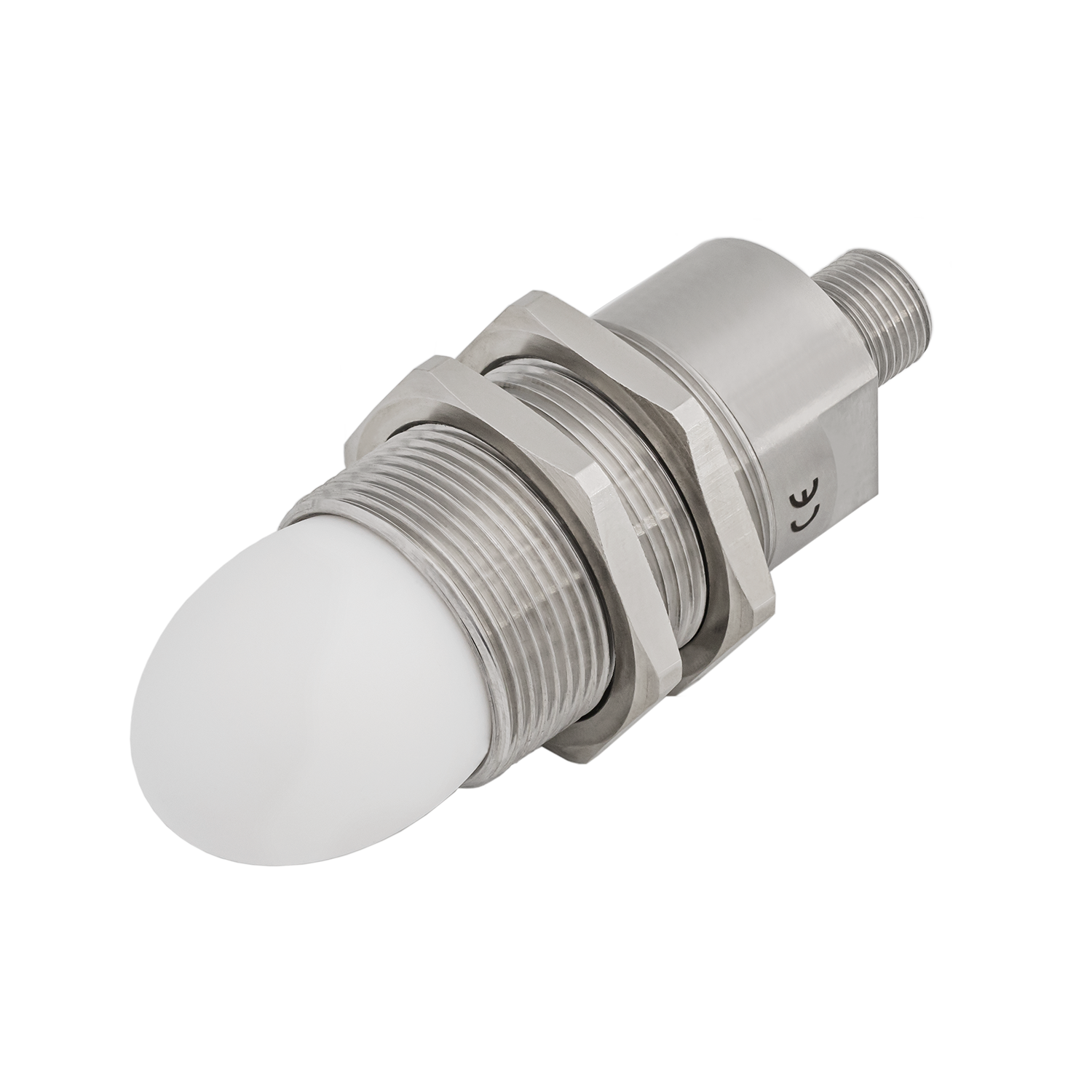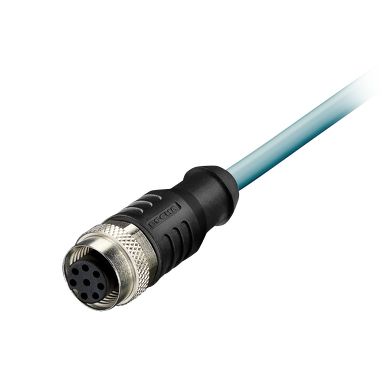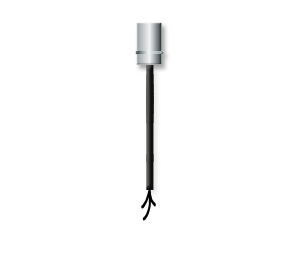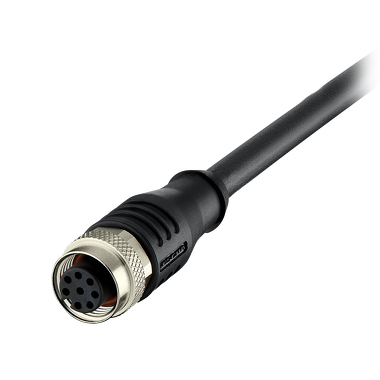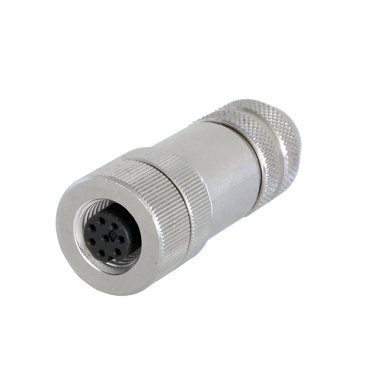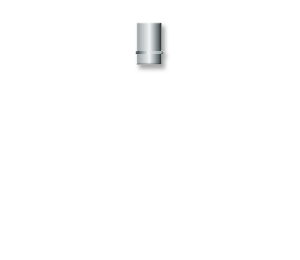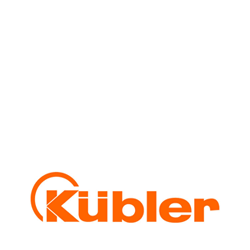

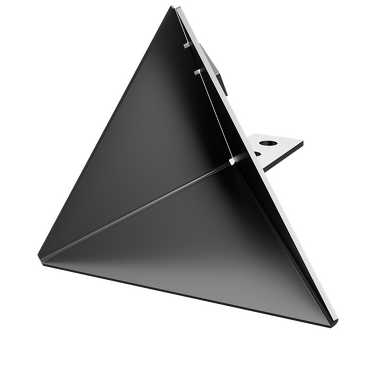


RAD51C
|
|


Radar sensor for object recognition and collision avoidance
The compact RAD51C radar sensor is suitable for the tightest installation situations and the harshest environmental conditions.With an opening angle of ±8° (16°), the sensor offers maximum reliability for object detection.
Thanks to a measuring rate of 100 Hz and measuring ranges between 0.15 m ... 20 m or 0.3 ... 30 m, countless applications can be realized with the latest radar technology. Simple tools not only help with implementation, but also create transparency during operation.
| Mechanical | |
|---|---|
| Connection types |
M12 connector |
| Working temperature | -40 °C ... +70 °C |
| Protection level |
IP67 IP69k |
| Weight | 205 g |
| Electrical | |
|---|---|
| Accuracy |
±2 mm |
| max. linearity |
bis ±10 mm |
| Interfaces |
Analog 4–20 mA |
| Power supply |
12...30 V DC |
Wide measuring range
- Measuring range 0.15 m to 20 m or 0.30 m to 30 m
- Small blind area of only 0.15 or 0.3 m
- Measurement rate up to 100 Hz
- Repeatability up to ±2 mm
- Wide opening angle ±8° (16°) for reliable object detection
- Different data output options: In addition to the analog output of 4 ... 20 mA, 3 switching outputs are available for a wide range of applications.
- For flexible and reliable monitoring of safety areas, up to 4 sensor zones can be set via the switching outputs
- 92,65 mm total length incl. M12 connector
- Standardized mounting due to M30 mounting thread
- Matching mounting accessories for easy mounting and alignment on the application
- Latest radar technology for reliable measurement even under the most adverse environmental conditions such as dust, fog, rain, smoke, wind or unfavorable light conditions.
- Connection of the radar sensor to the PC using a configuration box (ConfigBox). Communication via the RS485 interface
- “See what the sensor sees” through real-time visualization of the echo curve using appropriate software tools. This also enables simple and intuitive commissioning, as the measurement can be tracked live during installation.
- Numerous setting options, such as setting the measuring range, setting switching points, filters or other features, to customize the sensor system to the respective application requirements.
Accessories

Radar angle reflector 100 mm
Increasing the signal strength received from a target.
Increasing the possible angle between sensor and target.
Increasing the measurement accuracy by increasing the signal strength.
- Edge length 100 mm
- Material: 1.401
- Weight: 120 g
- Dimensions: 104 x 82 x 91 mm
| 8.0000.7000.0081 |

Radar angle reflector 250 mm
Increasing the signal strength received from a target.
Increasing the possible angle between sensor and target.
Increasing the measurement accuracy by increasing the signal strength.
- Edge length 250 mm
- Material: 1.401
- Weight: 690 g
- Dimensions: 254 x 170 x 221 mm
| 8.0000.7000.0082 |
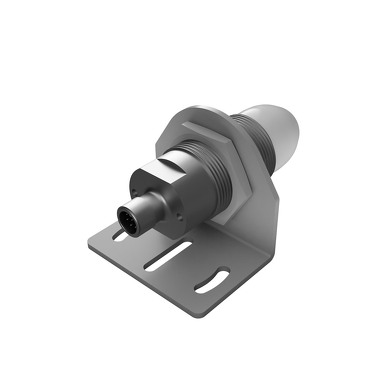
M30 mounting bracket vertical
For easy mounting and correct alignment of the RAD5x sensors onthe measurement object.
- For vertical adjustment ±30°
- Material: Galvanized steel 1.4301
- Weight: 81 g
- Size: 60 x 55 x 42 mm
| 8.0000.7000.0083 |
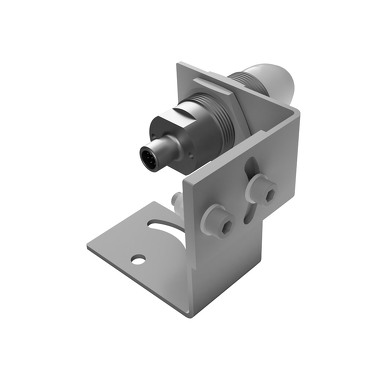
M30 mounting bracket vertical + horizontal
For easy mounting and correct alignment of the RAD5x sensors on the measurement object.- For vertical adjustment ±30°
- For horizontal adjustment ±15°
- Material: Galvanized steel 1.4301
- Weight: 223 g
- Size: 70 x 65 x 65 mm
| 8.0000.7000.0084 |
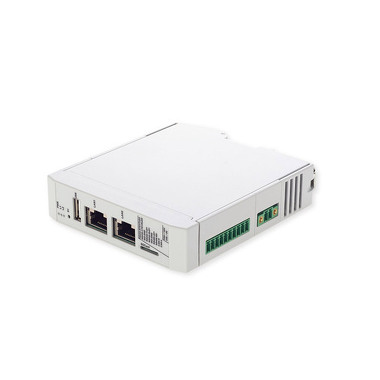
Configuration box
For transferring the sensor data to a PC/laptop.Scope of delivery
- Configuration box "ConfigBox"
- M12 connecting cable, 8-pin with plug and socket
- Connecting element
- LAN cable for connection to the PC
- Mains connection
| 8.0010.9000.0023 |

 Due to a technical problem, our website is only available to a limited extent. This also affects our download service area. We are already working on the solution and ask for your understanding.
Due to a technical problem, our website is only available to a limited extent. This also affects our download service area. We are already working on the solution and ask for your understanding.